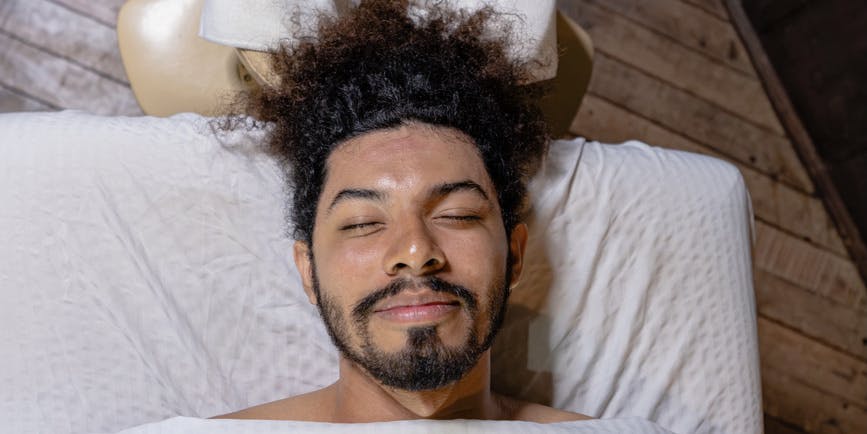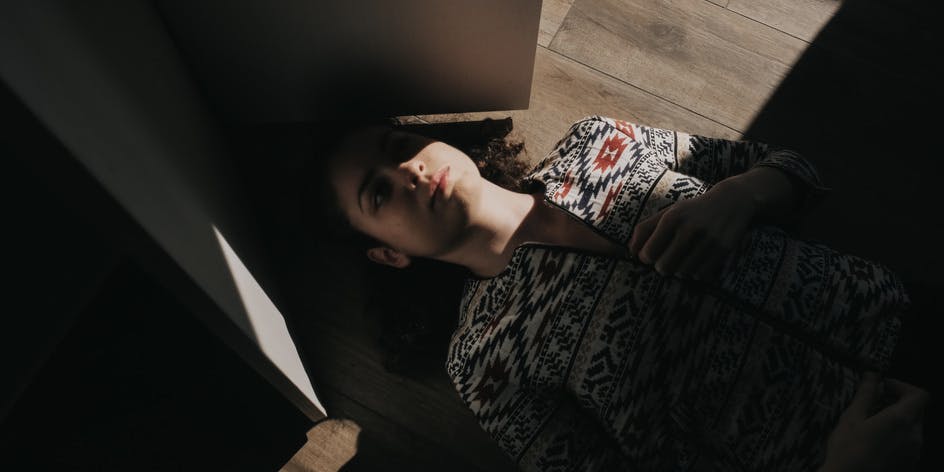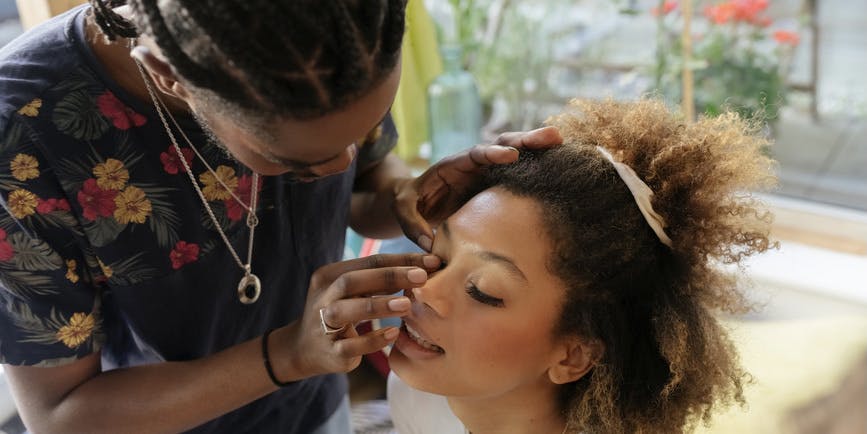
The latest studies on heads and hair

We humans spend a lot of time pondering the stuff on + around our head. But considering the brain inside of it—and how that brain makes decisions by what it sees and feels around it—that time is probably justified.
So this week, we share the latest head-related health news. Scroll for new migraine research, a primer on compulsive hair pulling + the cancer risks to consider before your next coloring appointment. We close with listeria outbreaks, CDC news leaks + telehealth abortion medication reports.
But first, ease into the week with your…
- Checkup: farts + heat + hanging out
- Up Top! migraines + lashes + dyes
- Healthcare: listeria + CDC + telemeds
The Checkup
- Here are a few ways to release the fury when you can’t fart
- Watch how far-UVC light kills viruses + bacteria... and more
- Physicians address concerns about necks + massage guns
- Yes, the gender thermostat war is real + based in science
- A 5-step guide for getting the most out of your doctor appt.
- Yes, hair can hurt. Here are a few possible pain causes
- How much is too much Advil + what does it do to your body?
- This is the only proven treatment to grow thick, long lashes
- Myth vs. fact about if it’s dangerous to eat sprouted spuds
- Flying dry? Flight attendants share top skin hydration tips
- Here’s why adults need to hang + do nothing with friends
- Why belly buttons stink + what to do if the smell is serious
- How to make all-day braised greens in only 15 minutes!
What do we know about migraines?

According to Vox, migraines remain one of the largest global causes of disability, yet we're only just starting to understand them.
Health experts used to think migraines were mainly caused by an abnormal expansion of blood vessels in the brain. Now, they think people with migraines may be exquisitely sensitive to specific neurotransmitters—a theory supported by the fact that people with chronic migraines often find relief with stress-relieving therapies. (The stress hormone cortisol may function along the same pathways.)
Researchers also think we may give more credit to triggers like poor sleep, cravings + caffeine withdrawal than they deserve—some might signal an impending migraine rather than be their cause.
If you’re a migraine person, head to the article for more or explore Dr. B's online migraine care.
Hair pulling 101

Some of us accidentally get rough with a curler + pull out a few lashes now and then. But as told in a vulnerable and well-reported Washington Post feature, people with trichotillomania intentionally + compulsively pull their lashes out. Their body and head hair and eyebrows, too.
This body-focused repetitive behavior affects up to 4% of the US population and ends in a feeling of soothed relief.
Other than the minority who ingest that hair (which can cause digestive issues), most won’t experience severe physical harm. But facing stigma + shame, people with trichotillomania are at increased risk for anxiety, depression and substance abuse. Some studies show that self-soothing touch, fidget spinners + other harmless repetitive actions can help.
Read the article for more, learn how eyelash growth serums can help repair damage, or find out if Dr. B can help you get prescription lash growth treatment with a $15 online consultation.
Does hair dye increase cancer risk?

As reported in the New York Times, most research on hair dye + cancer risk stems from the ‘80s, when hairdressers were exposed to high levels of harsh chemicals. But newer limited studies do show a breast cancer risk increase for women who use permanent hair dye every five to eight weeks.
For white women, the risk goes from 13% to 14%. For Black women, it goes from 13% to almost 21%. (We need more research to understand why Black women face that larger jump.)
To minimize risk, wait longer between colorings, use semi-permanent instead of permanent dye or use dye with more natural ingredients.
Read the article for further dye and study breakdowns.
Healthcare 411
What to know about the risk of food poisoning from listeria (NY Times). The CDC expanded a list of dairy and other food products from a California producer that may contain Listeria monocytogenes bacteria. Of those who get symptoms, listeria will cause flu-like symptoms that won’t require treatment. But older and immunocompromised people may require hospitalization. Read the article for more precautions.
Changing Covid-19 isolation? (YLE). On Tuesday, the Washington Post leaked that the CDC might replace their five-day Covid-19 isolation recommendations with leaving isolation if you’ve been fever-free for 24 hours and symptoms are improving. “Contagiousness has not changed. If infected, you still spread Covid-19 to others for 5-12 days,” includes the epidemiologist author of this detailed summary. If you’re at high risk for severe illness and get Covid-19, Dr. B offers $15 online consultations for same-day Paxlovid.
Medication abortion via telehealth is just as safe and effective as with a clinic visit, study shows (CNN). As is true with in-person providers, telehealth providers are not required to do any tests or physical examinations on patients before providing abortion medications. A study reviewing records of over 6,000 medication abortions provided via telehealth clinics confirmed that their safety and effectiveness were on par with in-person medication abortion care.
Sign up for the free Dr. B newsletter for a weekly report on the latest in healthcare + research-based advice for staying healthy and mentally well.
